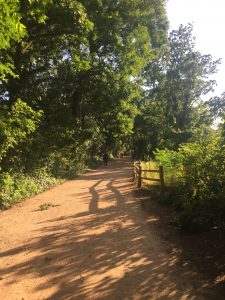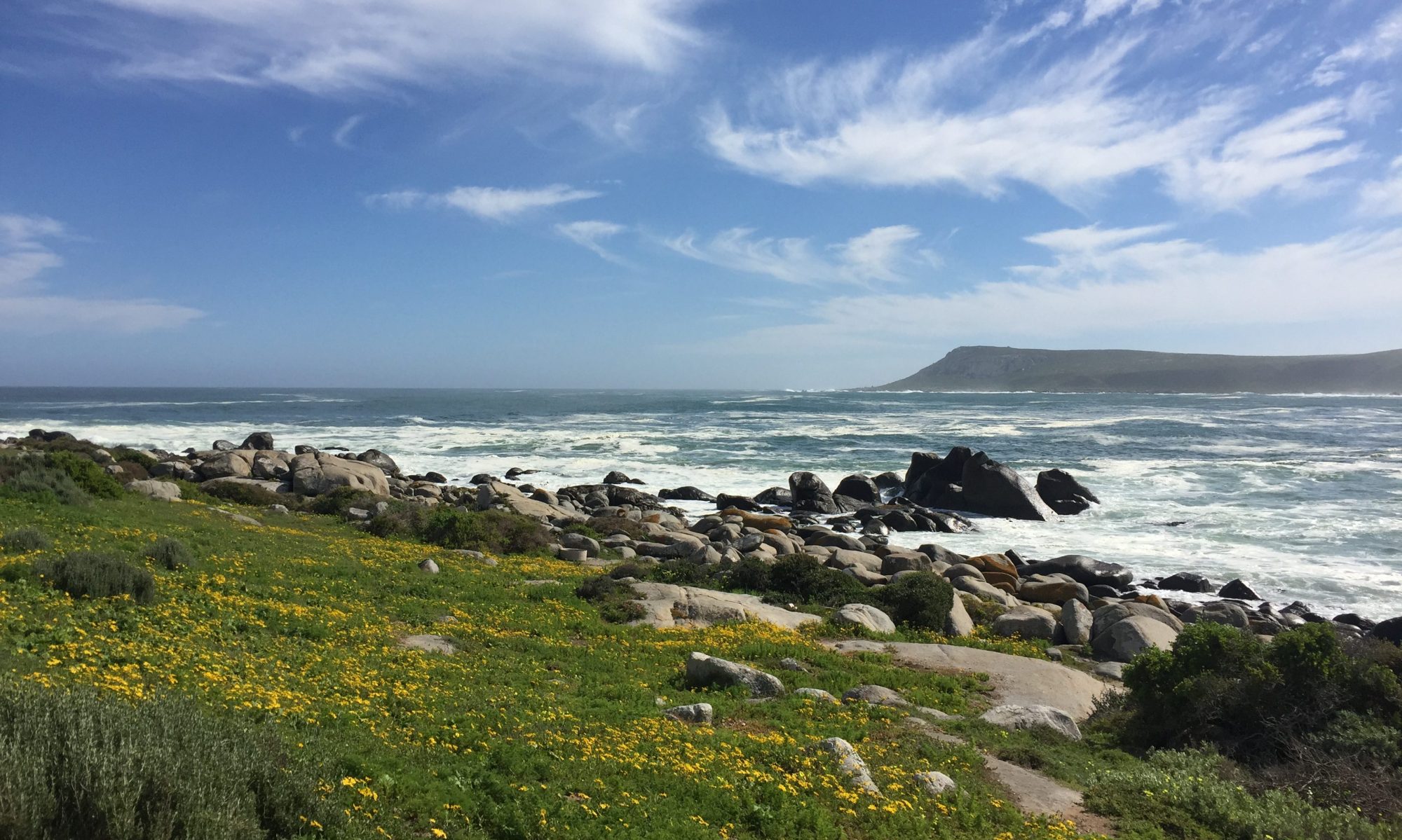[This is the first in a series I’m writing on my research visit to Austin. Once they’re posted, the links to subsequent articles will be posted here]

For those of you who don’t know, a little less than a week ago I returned from a brief trip to Austin, Texas. It went splendidly and put me in pole position for my journey to South Africa later this month. The object of the trip was research: I was in Austin to have a look at manuscripts and other records in the collection of the Harry Ransom Center for Humanities Research at the University of Texas, which is one of the leading institutions in the country for literary research. Housed in a boxy midcentury building that reminds me of the Kennedy Center in Washington, D.C., the Center houses material from writers from Amos Tutuola to David Foster Wallace and everything in between; they even have an original Gutenberg Bible in their collection. The reading room on the second floor of the building is gorgeous, and the Center’s staff were all knowledgeable and eager to help me access the collections I sought. Over the next couple of weeks I hope to write more about that specific research, and in particular what I learned by going through the voluminous Herman Charles Bosman collection (one of the Center’s specializations is South African literature). However, as I’m still making my way through Stephen Gray’s excellent biography of Bosman, Life Sentence, I thought this week I’d focus more on my impressions of Austin in the hope of advising anyone out there on the internet who’s mulling a trip of their own. So, without further ado and at the risk of being clickbait-y, here are my Top Ten Tips for visiting Austin.

1. Score Some Brisket: From the moment my plane first touched down in Texas, I had a vision of loveliness in my mind. Having grown up on the East Coast in Virginia and North Carolina where pork is king, I was eager from the get-go to see what Texas had to offer in the way of barbecue. Meat eaters can rest assured that a fine beef brisket sandwich, with melted fat running like the Mississippi delta over expanses of tender muscle with a spicy rub and a touch of tangy sauce; well that’s nothing less than a religious experience right there, and it does not disappoint. Be warned, however: barbecue is a midday food in Austin, not a dinnertime delight. I had my first brisket (and it was delicious) at Freedmen’s Bar, near where I was staying. It was excellent (and the bar boasts an impressive selection of whiskies to go with your meal), but many of the classic Austin barbecue joints close well before dinnertime. A case in point is House Park Bar-B-Que, which has been smoking meat in the same humble pit off West Twelfth Street since 1943. The brisket sandwich is to die for (as well as the beans, for that matter), but it’s only open from 11:00 A.M. to 2:30 P.M. on weekdays, so plan ahead.
2. See The Bats: On my second night in Austin, I had more time and more energy to venture south of the U.T. campus towards downtown (the Harry Ransom Center is at Twenty-First Street, while Sixth Street is the unrivaled center of nightlife in the city. I took a pleasantly circuitous route through the grounds of the massive Texas State Capitol, ending on Congress Street, and decided to walk all the way to Lady Bird Lake, which runs through the heart of Austin. A couple of blocks before the bridge, I noticed a long line of people crowded onto the sidewalk of the bridge. Knowing Austin’s reputation as a music town but unaware of the bridge’s significance, I assumed it had something to do with an open air concert. Pleased at my good luck, I hastened to the bridge but amid the picnic blankets clustered on the south bank of lake I saw no sign of any musicians.
I was still in luck, however, because underneath the Congress Avenue bridge there live almost a million Mexican free-tailed bats who were, at that moment, poised to emerge en masse just after sunset to hunt. According to Bat Conservation International, the bats nesting in the arches beneath just this one bridge eat between ten and twenty thousand pounds of insects per night, which is an extraordinary feat by any measure. In fact, the bats of the Congress Avenue bridge constitute the largest urban bat colony in the world. I chalked the nickname “Bat City” up to the general “Keep Austin Weird” mentality; that Friday night I learned just how ignorant I was.

3. Get Outside: Austin is not the most beautiful city on the planet. Like many other American cities, particularly in the South, it is a sprawling, suburban place, with large surface parking lots even downtown. That said, the city’s leadership should be commended for their terrific investments in the city’s green spaces. From the lovely Shoal Creek Greenway that winds its way towards the lake from the north past playgrounds and picnic areas to the Ann and Roy Butler Hike and Bike trails surrounding Lady Bird Lake, trails offer an outstanding way to get a feel for the central Texas landscape. As an East Coaster, I was fascinated by the plants and birdlife in this comparatively warm and dry atmosphere, where watercourses can rise from barely a trickle to a roaring cascade within a matter of hours. From Butler Park and Auditorium Shores on the south side to Zilker Park (the crown jewel of the Austin park system) to the west, wide paths and pedestrian bridges, kayak launches and wide green lawns (at least in early June) dot the shores of Lady Bird Lake, and reminded me strongly of the James River Park system in downtown Richmond. The trails of Austin are a wonderful way to take in the rhythm of city life, particularly in the early evening, and if I had more time in town I would have been sure to check out the botanical gardens in Zilker Park and the Umlauf Sculpture Garden, which I assume would have been in rare form given the weather and the time of year (since the Ransom Center was open until 5:00 P.M. each day I was in town, I didn’t get a chance to visit Zilker Park when these attractions were open). Then again, it’s always nice to have more reasons to come back.

4. Mind the Weather: Be warned that the weather in Austin can be fickle, particularly in late spring. I came to Texas expecting a dry heat, and I could not have been more mistaken. There were a couple of lovely sunny days towards the end of my stay, but for the most part it was both hot and humid (in the high 90s). It was also stormy, and while I was never caught in the rain, I had a couple of very close calls. Rain, when it fell, fell in sheets and city streets soon became overwhelmed by the cloudburst. Storms in Austin are very bad times to drive, and while I’m told it gets extremely hot as the summer marches on, I am also told the rain becomes less frequent. That means less humidity, which theoretically would make things more palatable. Considering how much Austin cuisine is meant to be consumed outdoors, from food truck arepas to alfresco barbecue, hydration is of critical, critical importance.
